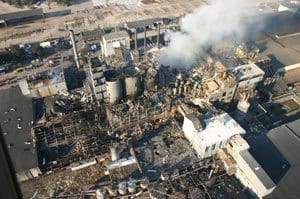Using VLT AQUA Drive in submersible pump application
The system consists of a submersible pump controlled by a Danfoss VLT AQUA Drive and a pressure transmitter. The transmitter gives a 4-20 mA feedback signal to the VLT AQUA Drive, which keeps a constant pressure by controlling the speed… Read more
Jan 30, 2012 | By MarkoCvrkota
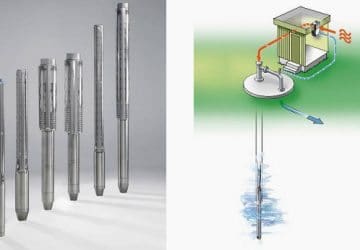
Ceramic (Porcelain and Glass) Insulators
Porcelain is the most frequently used material for insulators. Insulators are made of wet, processed porcelain. The fundamental materials used are a mixture of feldspar (35%), china clay (28%), flint (25%), ball clay (10%), and talc (2%). The alternative method… Read more
Jan 27, 2012 | By Edvard Csanyi

Glossary of Medium Voltage Switchgear Terms
This glossary was published originally by Schneider Electric and it is intended to cover the meaning of many common words and phrases used in association with medium voltage switchgear. Many terms will also be applicable to low voltage switchgear as… Read more
Jan 25, 2012 | By Edvard Csanyi
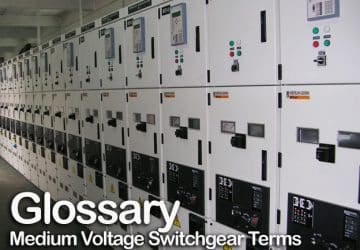
Anti Pumping And Lockout Relays
What is ANSI code for Antipumping relay? ANSI codes 94 or even 52 can be used. Relays can be divided into six functional categories shown below: Detect defective lines, defective apparatus, or other dangerous or intolerable conditions. These relays generally… Read more
Jan 23, 2012 | By Asif Eqbal
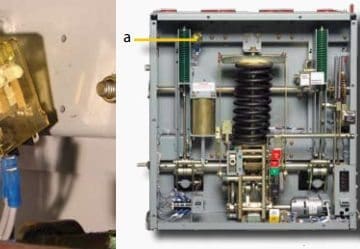
EHV/HV Underground Cable Sheath Earthing (part 2/2)
Continued from previous part: EHV/HV Cable Sheath Earthing (part 1/2) Link Box is electrically and mechanically one of the integral accessories of HV underground above ground cable bonding system, associated with HV XLPE power cable systems. Link boxes are used… Read more
Jan 21, 2012 | By Edvard Csanyi
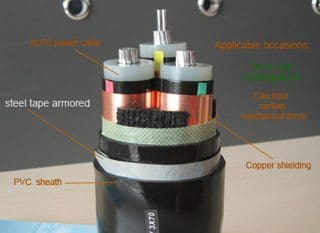
UK Electrical Industry British Standards (BS)
These standards are the whole of the prescriptions on the basis of which machines, apparatus, materials and the installations should be designed, manufactured and tested so that efficiency and function safety are ensured – and all according to the UK Electrical… Read more
Jan 20, 2012 | By Edvard Csanyi

EHV/HV Underground Cable Sheath Earthing (part 1/2)
In urban areas, high voltage underground cables are commonly used for the transmission and distribution of electricity. Such high voltage cables have metallic sheaths or screens surrounding the conductors, and/or armour and metallic wires surrounding the cables. During earth faults… Read more
Jan 19, 2012 | By Jignesh Parmar

Segregated Phase Bus System
In this construction all the phases are housed in one metallic enclosure as earlier, but with a metallic barrier between each phase, as illustrated in Figure 1. The metallic barriers provide the required magnetic shielding and isolate the busbars magnetically from each other, like an… Read more
Jan 18, 2012 | By Edvard Csanyi
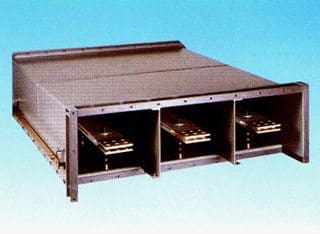
How lightning really works? (video)
A lightning discharge develops in three stages: first, the collisions between ice particles and water droplets together with gravity separate positive and negative charges inside the thunder cloud and buildup a voltage. Then a discharge grows, forming a so-called streamer-leader… Read more
Jan 17, 2012 | By Edvard Csanyi

Luminous Measurement Graphic Representation
The collection of luminous intensity emitted by a source of light in all directions is known asluminous distribution. The sources of light used in practice have a more or less large luminous surface, whose radiation intensity is affected by the… Read more
Jan 16, 2012 | By Edvard Csanyi
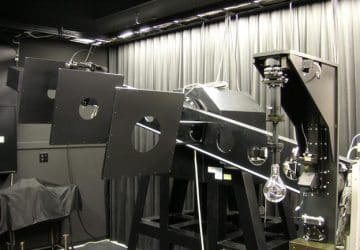
Synchronous Motor Construction
Synchronous motors convert electrical power to mechanical power and synchronous generators convert mechanical power to electrical power; and synchronous condensers supply only reactive power to stabilize system voltages. Synchronous motors, generators, and condensers perform similarly, except for a heavy cage winding on the… Read more
Jan 14, 2012 | By Edvard Csanyi

What Is The Potential Difference?
Potential difference is the term used to describe how large the electrostatic force is between two charged objects. If a charged body is placed between two objects with a potential difference, the charged body will try to move in one direction, depending upon the polarity of the object. If… Read more
Jan 13, 2012 | By Edvard Csanyi

Effective Resistance Of Busbars
The construction of busbar is usually carried out by putting together several flat bars in parallel for each phase. The spacing between the bars is made equal to their thickness for practical reasons, and this leads to skin and proximity effects. If one refers to… Read more
Jan 12, 2012 | By Edvard Csanyi
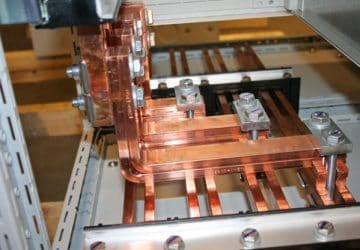
Potential Energy Savings In Utility Buildings Using EIB
Flexibility, utilisation value and energy saving are the three main requirements for utility buildings (administration, office and public buildings, schools, hospitals, etc.). Apart from recouping investment costs, so-called life-cycle costs are also becoming increasingly important. These are made up of… Read more
Jan 11, 2012 | By Edvard Csanyi
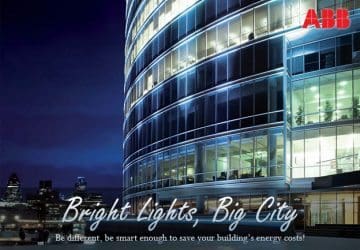
Operation Of Potentially Explosive Installations – The Directive 99/92/EC
In addition to the 94/9/EC Directive, which regulates how explosion protected equipment and protective systems are placed on the market and the design, construction and quality requirements to be met by them, the 99/92/EC Directive stating “Minimum requirements for improving the health and safety protection… Read more
Jan 09, 2012 | By Edvard Csanyi
